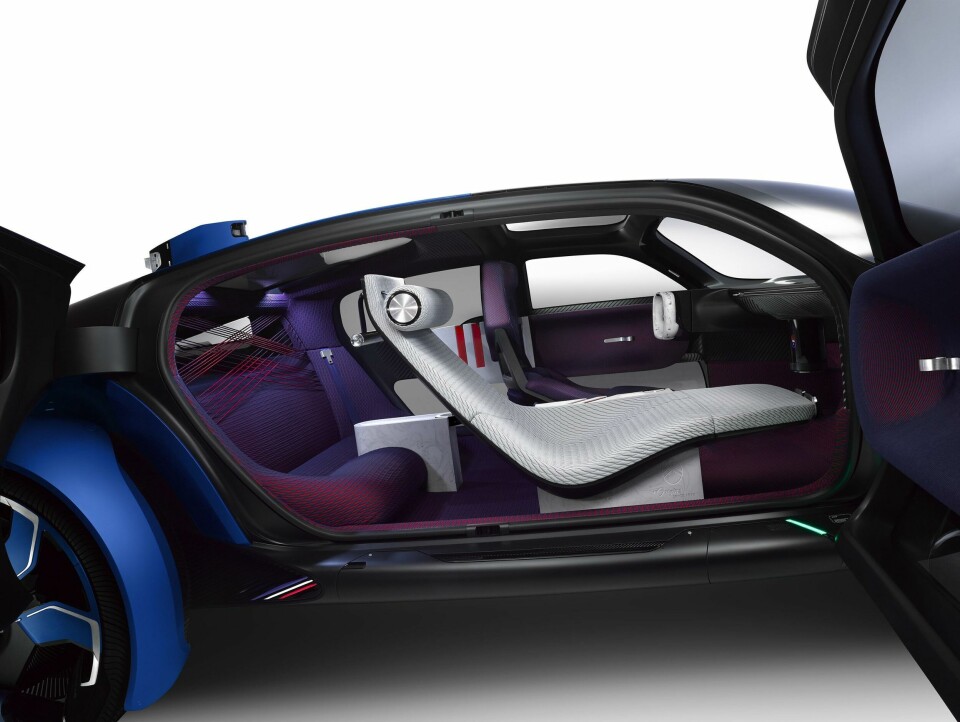
Citroën’s full-comfort concept: 19_19
On a gloriously sunny day at Goodwood Festival of Speed 2019, design director Pierre Leclercq met with Car Design News to discuss the new Citroën concept
Launched at the Viva Tech event in Paris in May, we admit that this concept almost passed CDN by while we were building this shiny new website, but we caught up with Pierre at Goodwood, to rectify that omission at its second outing. Citroën is celebrating its centenary, and the Ami One and 19_19 concepts were designed to be shown together as part of the anniversary celebrations.
The Ami One concept is clearly an urban car, which makes the assumption that the 19_19 concept is for non-urban environments a natural one. However, the thinking behind these two concepts is not as clear-cut as that. Citroën’s (relatively) new design director Pierre Leclercq explained: “If you think of what in the 1950s we had in the brand, there was the 2CV – a small car with very industrial design principles; the brief was to make an economical car for outside of the cities. The Ami One is built in the same way. Then at the same time, you had DS – the spaceship – and that really brought the value of comfort to the Citroën brand. That is similar to what the 19_19 represents.”
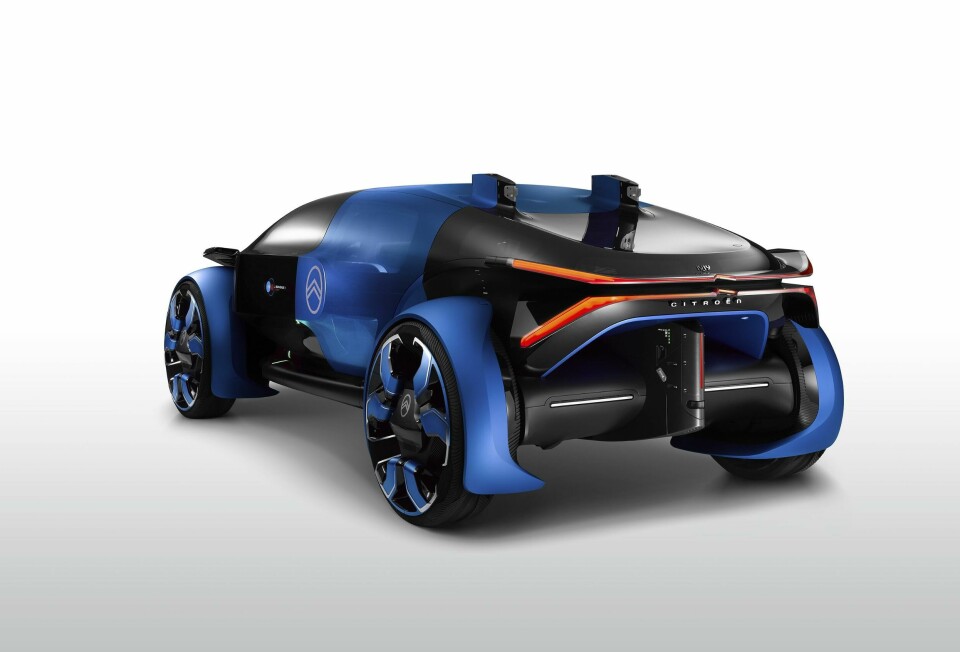
Retro design is not on the agenda at Citroën however; the 19_19 started with a strong theme and explored some ideas we have seen on other autonomous, future concepts. But this concept feels coherent, and references Citroën’s brand heritage without getting caught up mimicking design cues from previous cars.
Leclercq told CDN: “The theme of the designer when he started work on this concept was ‘a cloud on wheels’. That is what he drew. I think you can see that in the final project.” While the Ami One you could imagine driving fairly soon, the 19_19 looks further into the future, to the year 2030.
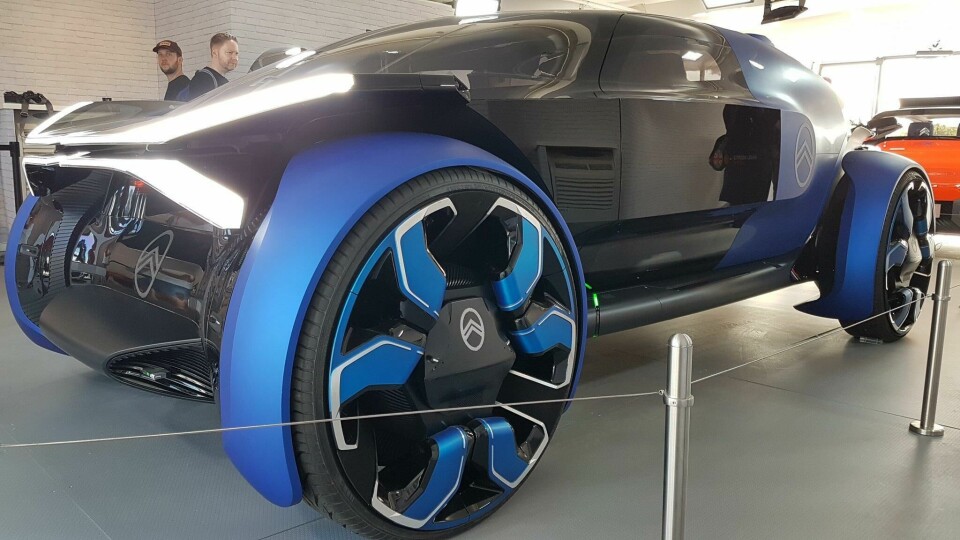
Externally, the sensors are not hidden but positioned sympathetically onto the main body, while the aviation design cues are clear – the fully glazed body and the raised elliptical shapes on each side (which seem to echo where the wings should attach) mean it would be easy to see this concept complete with aeroplane wings. The short overhangs add to the impression that the body of the car is a capsule suspended between four enormous wheels (diameter: 930 mm and tyres 255/30 R30).
Developed in collaboration with Goodyear, the tyre and wheel appear as one because the rubber extends over the rims. This, says Citroën, helps to reduce noise and vibration. Custom-built technology, Progressive Hydraulic Cushions, creates a smooth (DS-like) ride thanks in part to a separately suspended cabin. Both the technology and the design of the 19_19 demonstrate the primary aim of this vehicle is comfort for passengers.
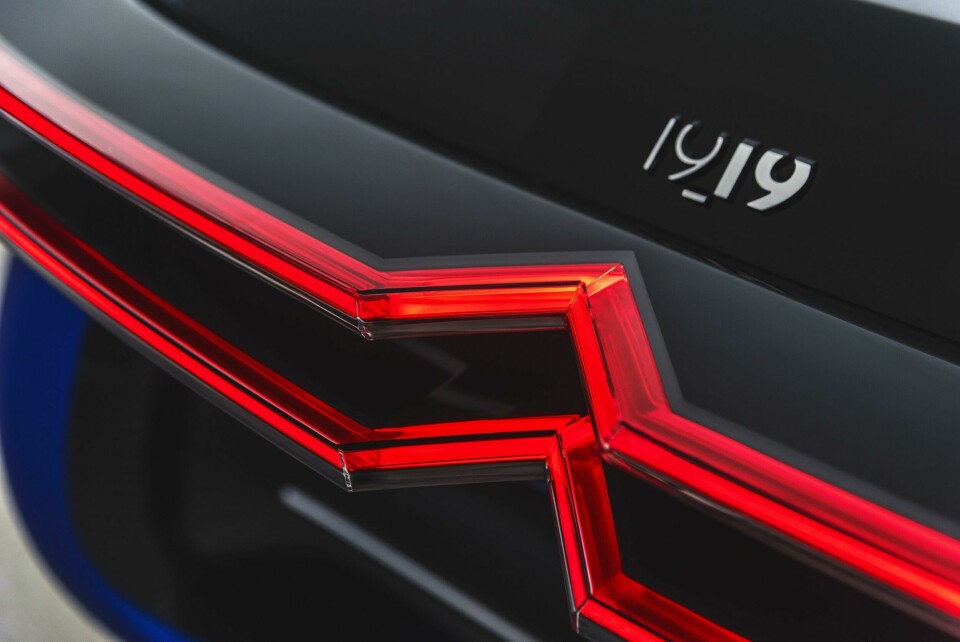
The upper bonnet runs very high above the fenders, serving as an aero fin, highlighted with the striking LED light treatment which runs parallel to the identical element below to create a double-chevron motif (seen everywhere on this concept and also on the Ami One).
At the rear, the lighting signature echoes the front-end treatment and sits high, creating a spoiler-cum-lighting-signature. On the steering wheel, the graphic cycles through Citroën’s historic badges.

The playful interpretation of Citroën’s chevron motif continues throughout this concept. Outside, the chevron appears on the in the middle of each wheel’s fixed central hub. Inside, this is repeated on the seat material, the carpet, as well as being carved out of the plastic trim parts and even the faux marble magazine stand. A striking chevron pattern is even created by the elasticated string separating passengers from the parcel shelf (very reminiscent of light-aircraft design).
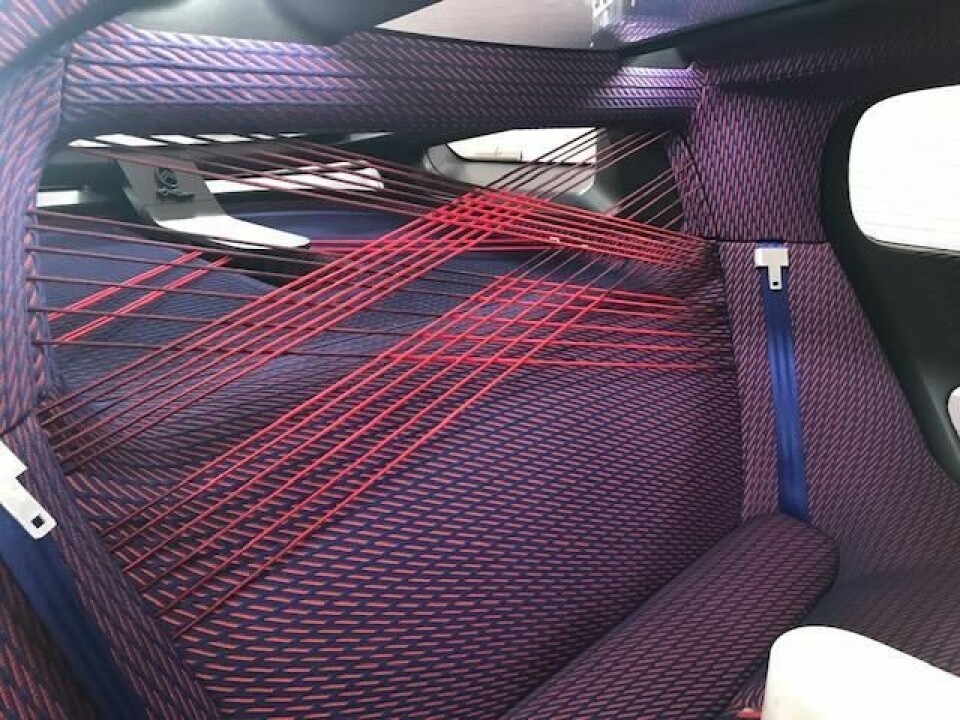
“The aim is to give a function to materials,” he continued. “These macro grains in these interior pieces of plastic should have something other than just a fine grain everywhere, and this one [inside the cockpit] reminds you of the chevrons of Citroën. This is something we want to integrate on the interior and exterior. You see a bit of that on the Ami One as well.”
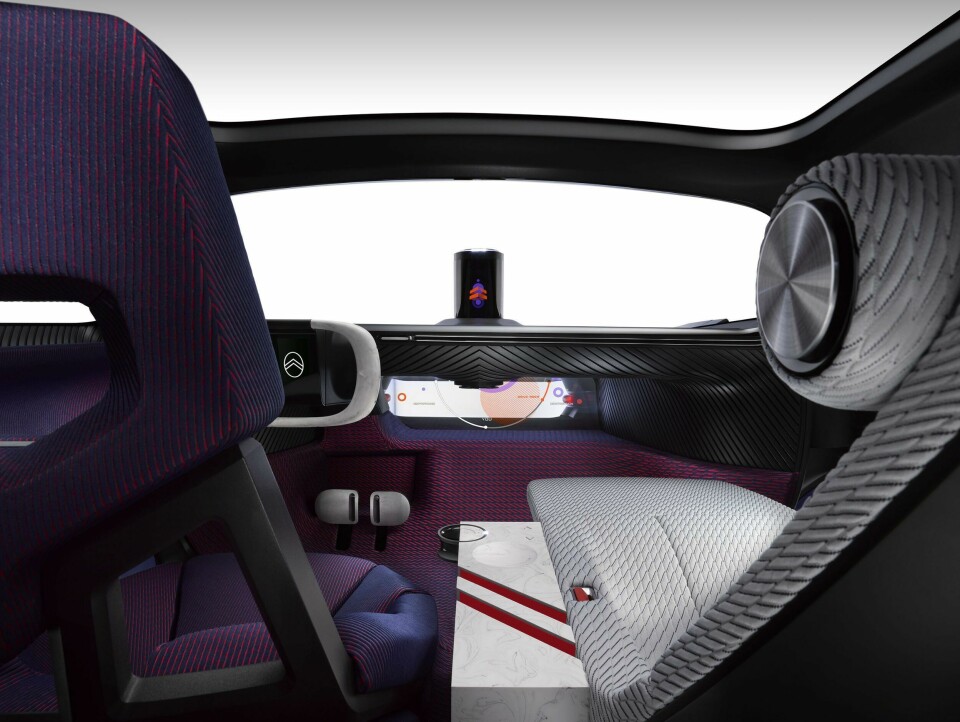
Inside the 19_19, the 3D approach to surfaces and materials is striking (and not something that is very apparent from the images).
“In terms of materials and form language these are things you are not used to seeing in the car industry,” said Leclercq, “and you will see that more and more, a lot of furniture influence on the interior, a lot of aeronautical influence on the exterior on all the detailing. Of course, with autonomous driving and those technologies we can imagine that regulations are going to change in future, so you may not need seatbelts any more, and you can then approach seating in a totally different way from what we have to design today. It is a first step.”
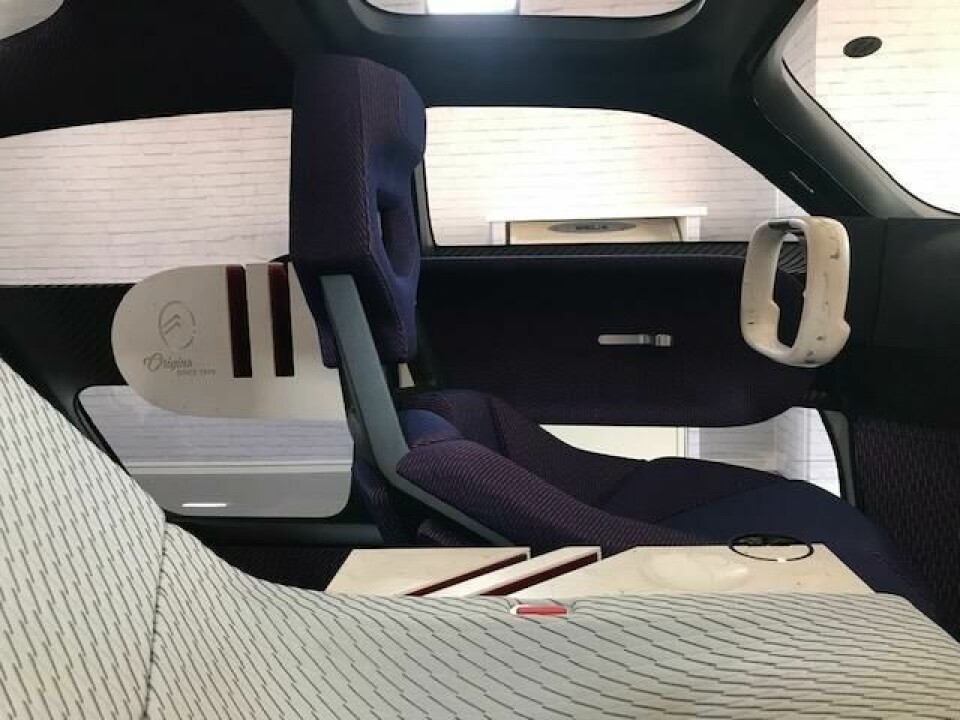
The 19_19 houses a chaise longue, a sofa in rear and a distinctly different, more driver-focused seat behind the wheel. The screen in the 19_19 is placed very low, almost in the footwell of the front passenger side, for the passenger reclining in the chaise longue to view in comfort. Leclercq admitted to CDN that this part of the concept wasn’t executed as well as they had hoped, but it remains an interesting twist on the normal placement.
The 19_19 also features a ‘butler’, the car’s personal assistant housed in a cylinder which pops up to signal autonomous driving. Leclercq told CDN that this assistant, and the graphics that you see there, will keep evolving for Citroën’s future HMI and will be the brand’s personal, in-car assistant.
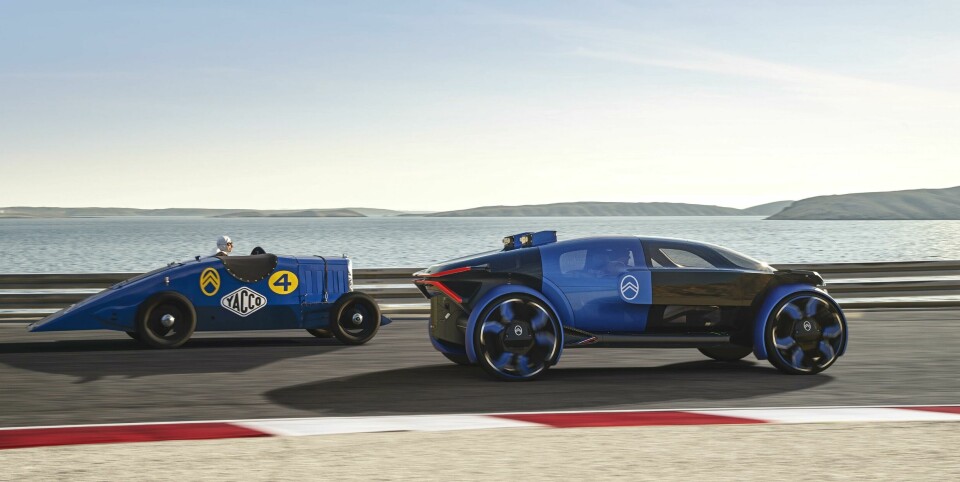
“The link to past designs is more in the philosophy. We don’t want to do anything that is retro design, the philosophy for Citroën is the same one as when Citroën started. Simple design and new technology… We want to make sure we, as designers, keep beautiful surfacing, interesting themes, that we really stand out. We want this for each project. Keep the philosophy of simple design and combine that with the contrast of influences from beyond the car industry.”













